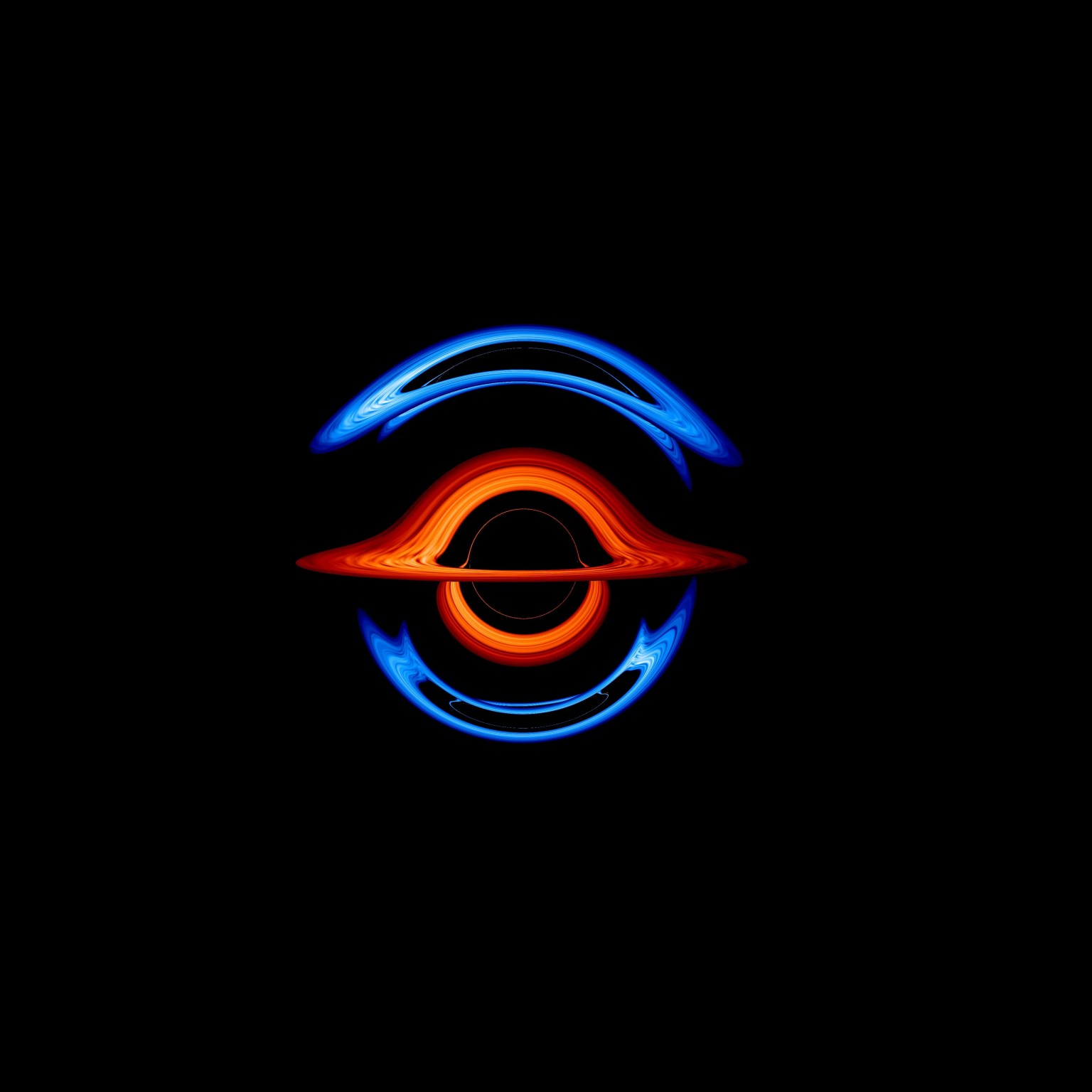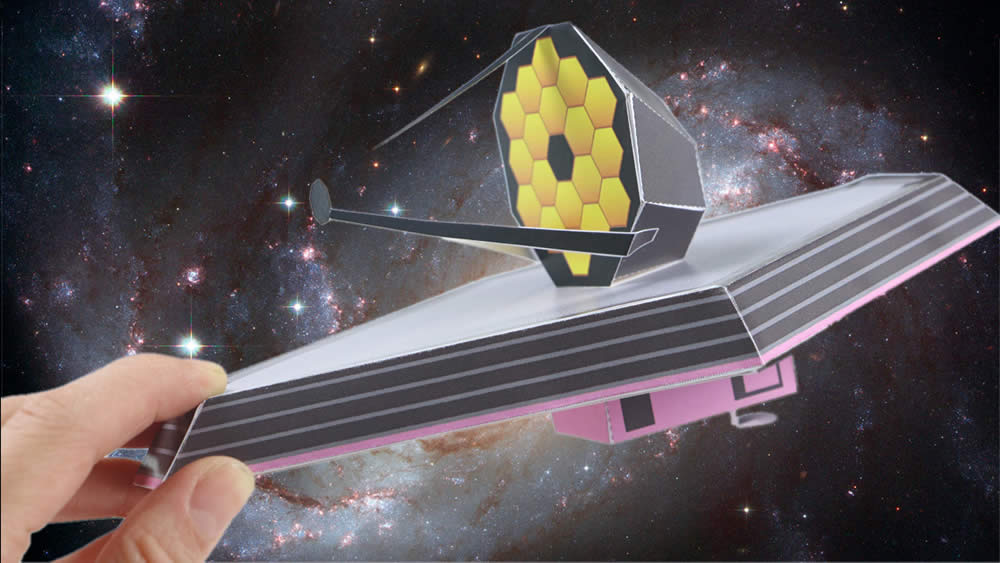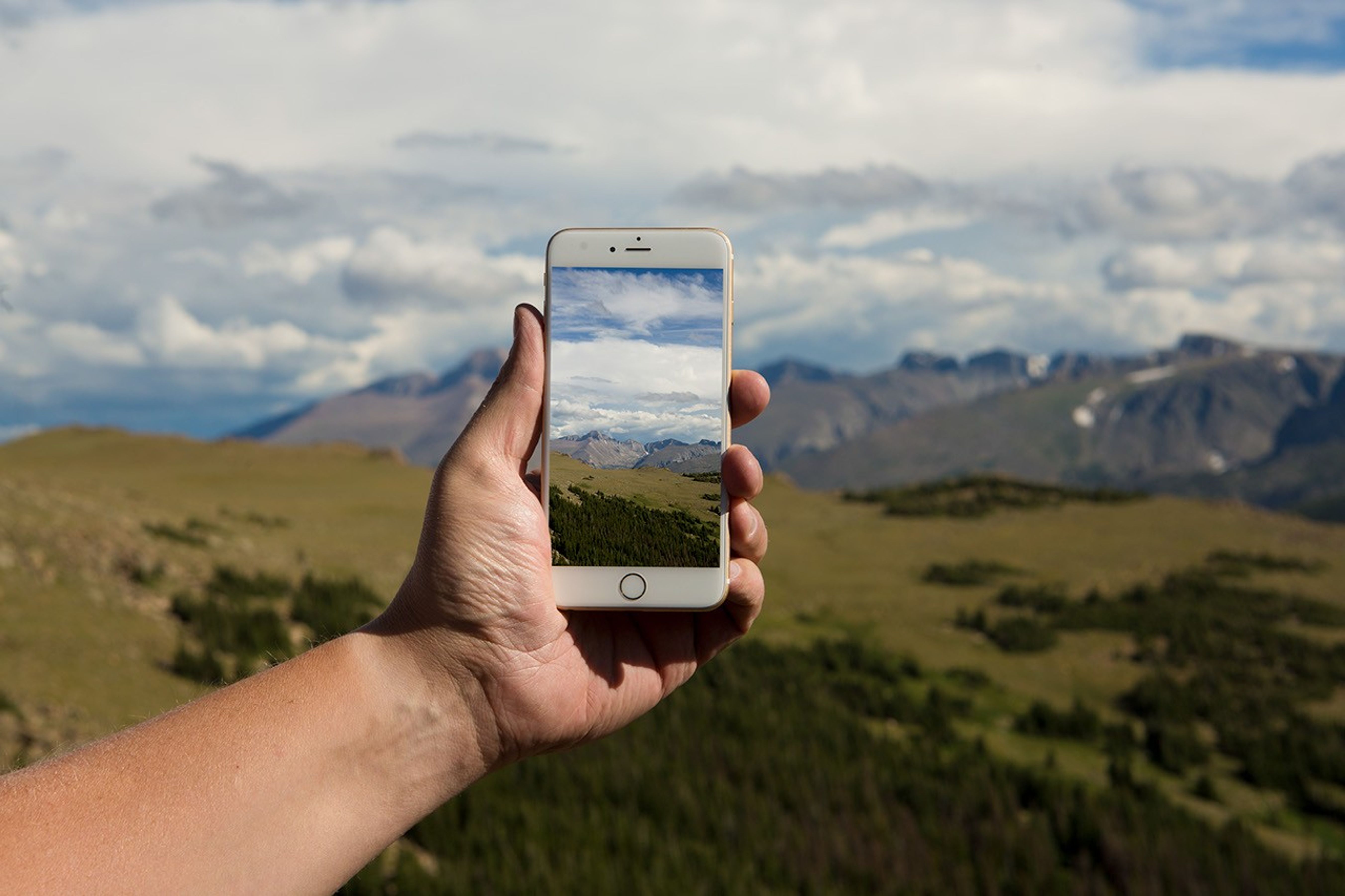
NASA’s Guide to Visiting a Gamma-Ray Burst
Are you looking for a new vacation spot? Perhaps one with spectacular fireworks? While gamma-ray bursts produce brilliant displays of different kinds of light across, we can’t recommend visiting one.
Before making up your mind, watch this handy video to learn more about what gamma-ray bursts are, how to find them, and safety considerations for watching one.
Our intrepid Traveler has decided to visit a gamma-ray burst for their next vacation. If you’d like to follow their adventure, check out this video for tips and tricks.
Digital Wallpapers
Short Gamma-Ray Burst
Some gamma-ray bursts come from two neutron stars that spiral into each other and crash. Available for both desktops and smartphones.
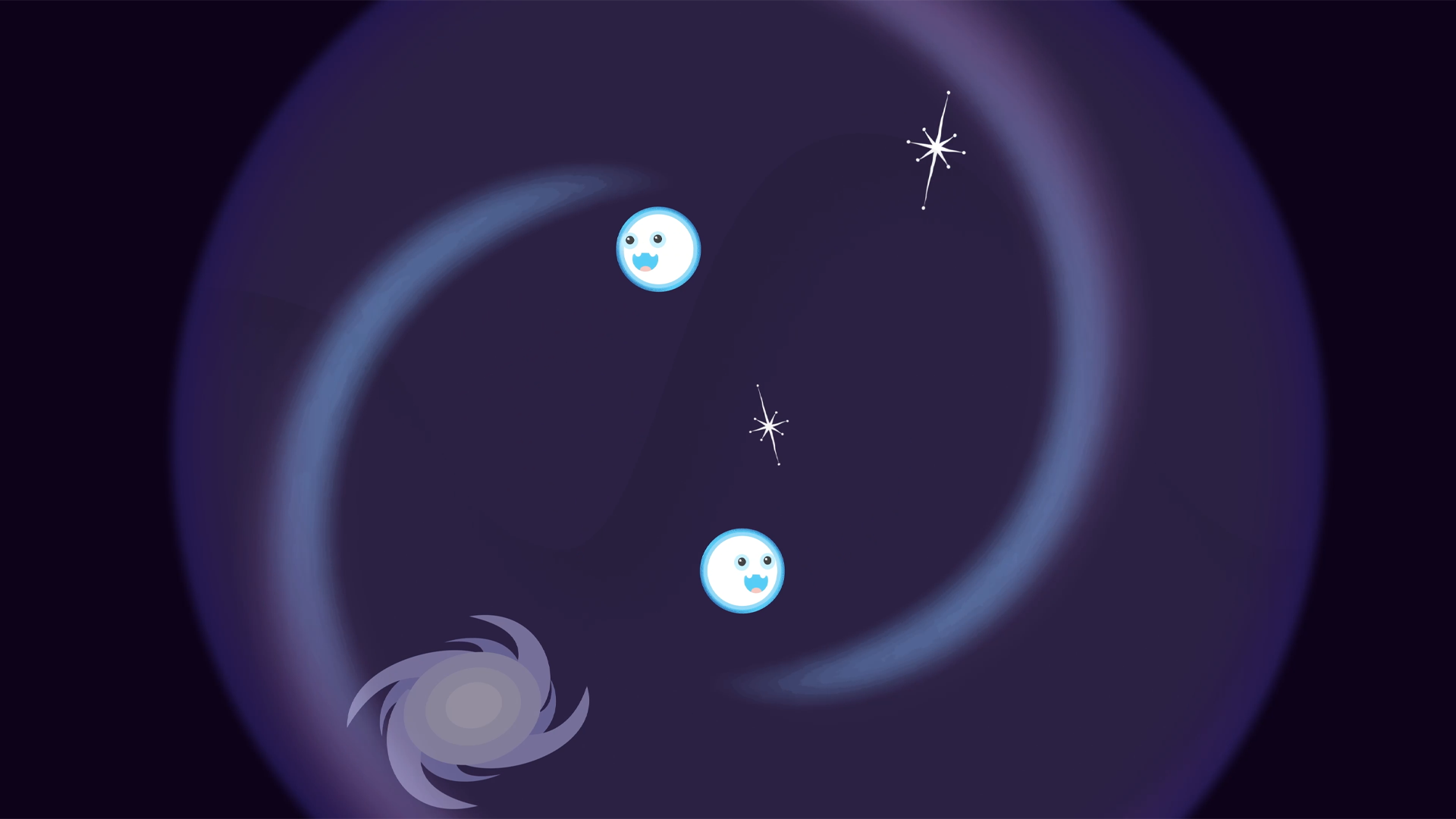
Long Gamma-Ray Burst
Some gamma-ray bursts come from large stars at the end of their lives. Their cores collapse, and they explode as supernovae. Available for both desktops and smartphones

Gamma-Ray Burst Jet
Gamma-ray bursts produce a pair of cones of superfast and superhot material. These jets are the source of the gamma rays, and we can only see them if we’re in the right place at the right time. Available for both desktops and smartphones.
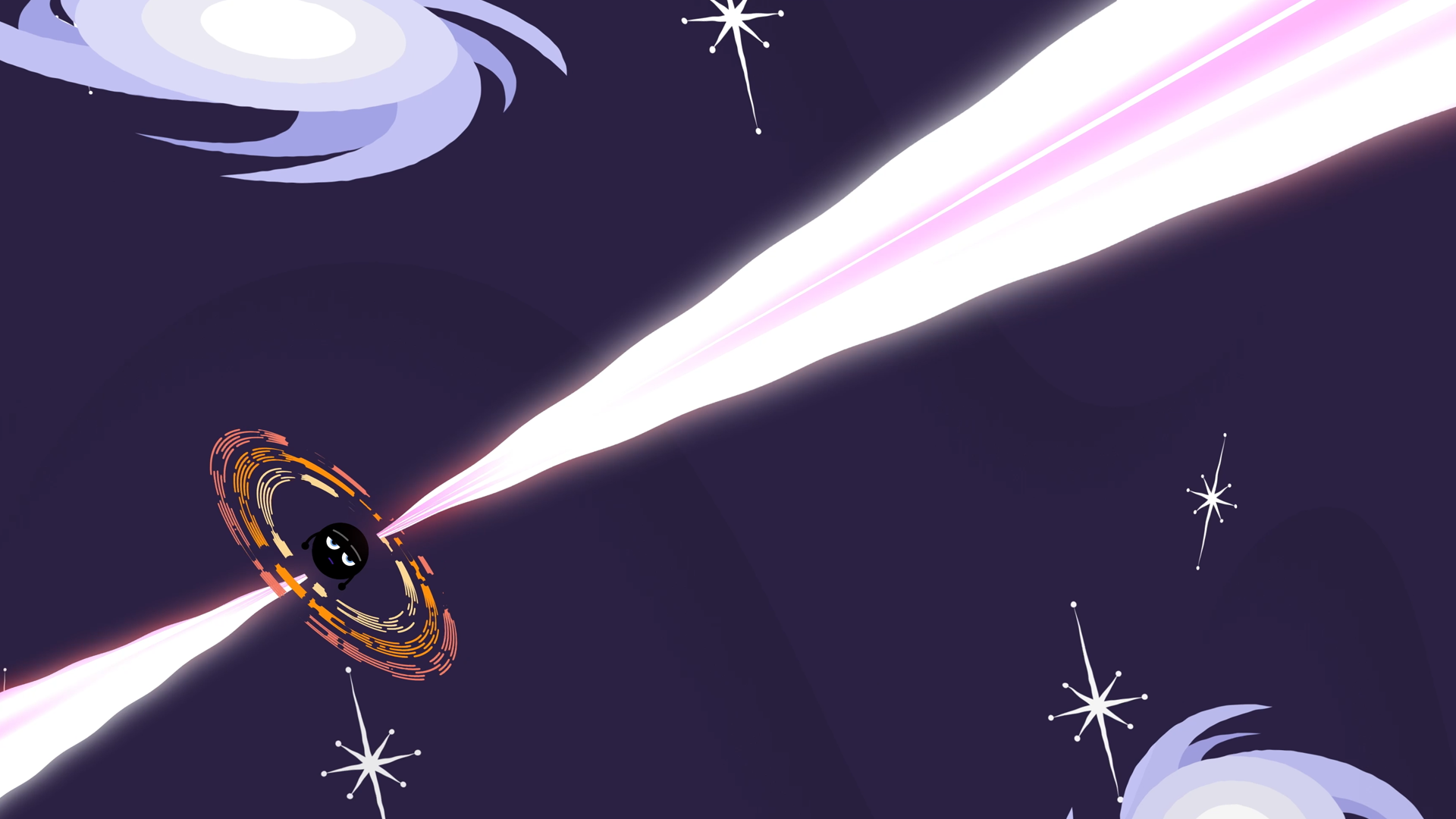
Grab a Traveler GIF
-
Math is Cool
Understanding gamma-ray bursts can involve a lot of math, but our Traveler is up to the challenge!
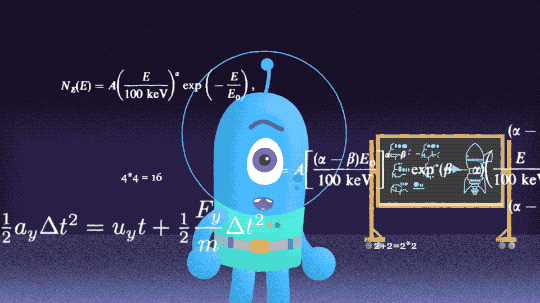 NASA's Goddard Space Flight Center
NASA's Goddard Space Flight Center -
Short Gamma-Ray Burst
Some gamma-ray bursts come from two neutron stars that spiral into each other and crash. These are called short gamma-ray bursts.
 NASA's Goddard Space Flight Center
NASA's Goddard Space Flight Center -
Long Gamma-Ray Burst
One type of gamma-ray burst comes from large stars at the ends of their lives. Their cores collapse and they explode in supernovae. These are called long gamma-ray bursts.
 NASA's Goddard Space Flight Center
NASA's Goddard Space Flight Center -
Earth’s Atmosphere Protects Us from Gamma Rays
Earth’s atmosphere shields us from the gamma rays produced by gamma-ray bursts.
 NASA's Goddard Space Flight Center
NASA's Goddard Space Flight Center -
Satellites Watch for Gamma-Ray Bursts
We have detectors on a lot of spacecraft watching the entire sky to catch gamma-ray bursts, and they alert other telescopes to take a look when one happens.
 NASA's Goddard Space Flight Center
NASA's Goddard Space Flight Center -
Gamma-Ray Bursts are Beautiful
We can learn about stars, black holes, and much more from gamma-ray bursts, which are among the brightest light shows in the universe. Here, the Traveler watches one from the safety of their rocket ship.
 NASA's Goddard Space Flight Center
NASA's Goddard Space Flight Center



























